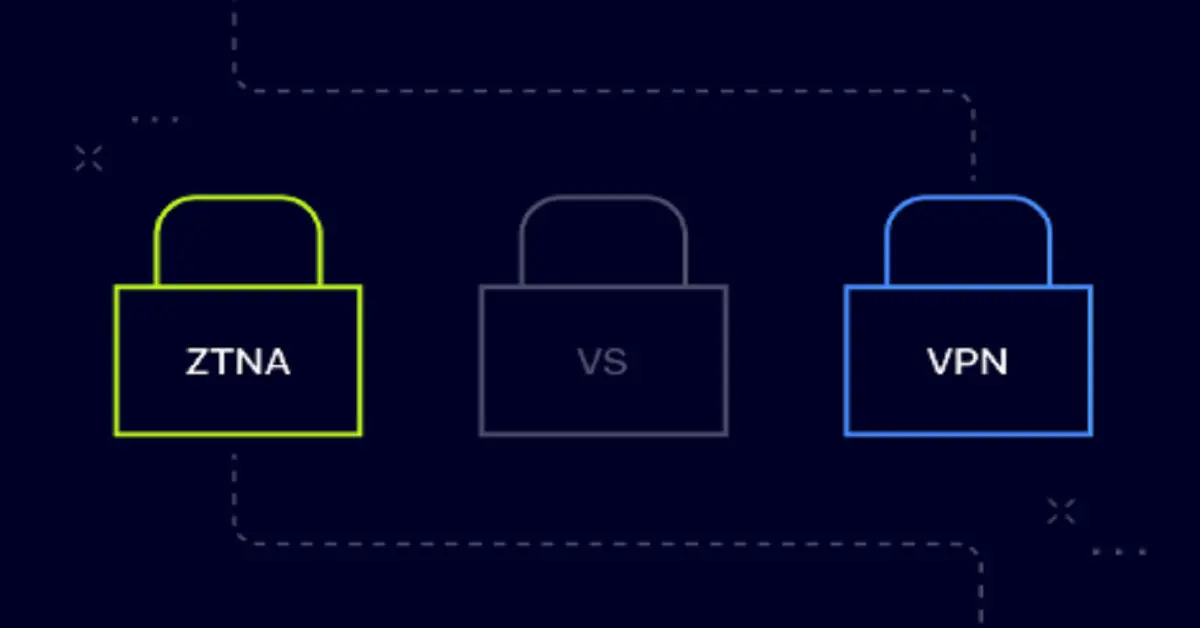Post Preview
Key Takeaways
- Understand the fundamental differences between ZTNA and VPN.
- Learn about the advantages and use cases for both technologies.
- Discover which solution might be best for your organization.
- Explore relevant data and research supporting each technology.
Introduction
In today’s digital world, secure remote access is more critical than ever. With the rise of remote work and increasing cyber threats, organizations seek the best ways to protect their data and networks. Zero Trust Network Access (ZTNA) and Virtual Private Networks (VPN) are popular solutions. While both technologies aim to secure remote access, they do so in fundamentally different ways. ZTNA focuses on a zero-trust model that continuously verifies user identities, whereas VPNs create encrypted tunnels to secure data transmissions. By exploring these differences, advantages, and ideal use cases, you can decide which technology to implement for your business.
Understanding ZTNA and VPN
Prior to delving into the details, it’s crucial to grasp the meanings of ZTNA and VPN. ZTNA is a security framework that does not trust any user or device by default. Continuous verification must be done in order to access resources instead. Understanding the debate between VPN versus ZTNA can help determine which solution best fits your organization’s needs. This approach mitigates risks by ensuring only authenticated users can access specific applications or data. However, a VPN establishes a protected, encrypted link across an insecure network, like the Internet. It’s been the go-to solution for remote access for years, providing a safe pathway for data to travel through potentially insecure networks.
Advantages of ZTNA
Enhanced Security
ZTNA requires continuous verification, which significantly reduces the risk of unauthorized access. This constant verification ensures that even if a user’s credentials are compromised, a malicious actor still needs multiple security checks to access sensitive information. This makes ZTNA a formidable barrier against phishing attacks and credential theft.
Granular Access Controls
ZTNA offers more precise control over what resources a user can access. Unlike traditional methods that often grant broad network access, ZTNA ensures users can only access the specific resources they need. This granular approach minimizes potential damage from breaches, as intruders would be confined to a limited area rather than gaining expansive access to the network.
Scalability
With the rise of remote work, the ability to scale securely is crucial. ZTNA can quickly scale to accommodate many remote users without compromising security. This scalability makes it an ideal choice for organizations anticipating expansion, as it can handle increased demands without a proportionate increase in risk.
Advantages of VPN
Established Technology
VPNs have been around for decades and are widely accepted and used. Their long history means a wealth of knowledge and experience is available, making implementation and troubleshooting more straightforward. This established technology provides a reliable solution for businesses that need a tried-and-tested method for secure remote access.
Cost-Effective
For smaller organizations, VPNs can be a more affordable solution. They typically require less initial investment and can leverage existing infrastructure, allowing for a quicker and more economical deployment. This cost-effectiveness makes VPNs particularly attractive to small and medium-sized enterprises (SMEs) that need secure access without breaking the bank.
Compatibility
VPNs are compatible with many existing systems and applications. This compatibility ensures that organizations can integrate VPNs without overhauling their IT infrastructure. The seamless integration provided by VPNs makes them a versatile choice for businesses looking to secure their existing systems.
Use Cases for ZTNA
ZTNA is particularly useful in scenarios where:
- Organizations have many remote workers who need secure access from various locations. ZTNA’s continuous verification model ensures secure access no matter where users connect.
- There’s a need for strict access control and compliance requirements. ZTNA’s granular access controls allow organizations to meet strict regulatory standards by controlling who can access what data and applications.
- Companies want to adopt a zero-trust security model to future-proof their infrastructure against emerging threats. This proactive strategy guarantees that security measures develop in line with the changing threat landscape.
Use Cases for VPN
VPNs are ideal for situations such as:
- Small to medium-sized businesses with limited IT budgets need a quick and effective way to provide secure remote access. The lower cost and ease of implementation make VPNs feasible for these businesses.
- Organizations that require secure access to legacy systems that may not be compatible with newer technologies like ZTNA. VPNs provide a bridge between modern security needs and old systems.
- Temporary remote access needs, where quick and straightforward implementation is necessary to ensure business continuity. VPNs can be set up rapidly, making them ideal for quick, short-term solutions.
ZTNA and VPN: Which is Right for You?
Choosing between ZTNA and VPN depends on various factors, including the size of your organization, security requirements, and budget. Research suggests that larger enterprises with strict compliance needs benefit more from ZTNA, as its continuous verification and granular access controls align well with regulatory demands. Meanwhile, smaller businesses might find VPNs a more straightforward and cost-effective solution, providing the necessary security without requiring significant investment or changes in infrastructure.
Final Thoughts
Both ZTNA and VPN offer unique advantages for secure remote access. Assessing your organization’s specific needs and challenges is essential to make an informed decision. As cybersecurity evolves, staying ahead of threats requires adopting the right technologies and practices to protect valuable data and resources. By understanding the strengths and weaknesses of each technology, you can better align your security strategy with your organization’s goals, ensuring robust protection in an ever-changing digital landscape.
